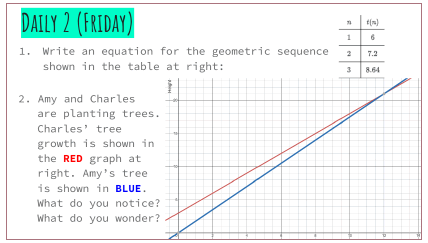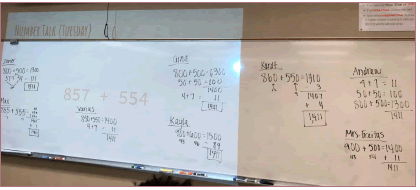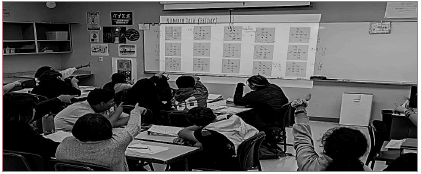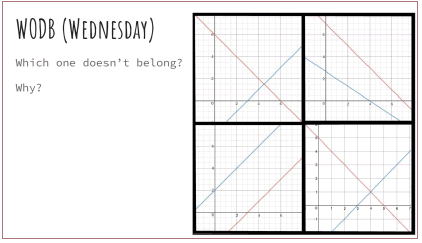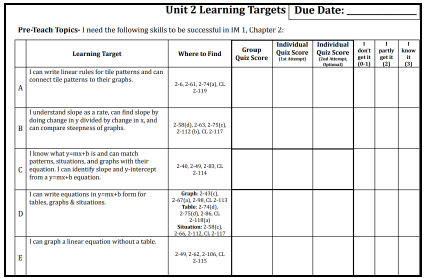How to Develop an Effective Math Intervention Program
Received: 12-Dec-2022, Manuscript No. puljpam-22-5907; Editor assigned: 14-Dec-2022, Pre QC No. puljpam-22-5907(PQ); Accepted Date: Dec 20, 2022; Reviewed: 15-Dec-2022 QC No. puljpam-22-5907(Q); Revised: 16-Dec-2022, Manuscript No. puljpam-22-5907(R); Published: 30-Dec-2022, DOI: 10.37532/2752-8081.22.6(6).08-10.
Citation: Freitas C. How to develop an effective math intervention program. J Pure Appl Math. 2022; 6(6). 08-10.
This open-access article is distributed under the terms of the Creative Commons Attribution Non-Commercial License (CC BY-NC) (http://creativecommons.org/licenses/by-nc/4.0/), which permits reuse, distribution and reproduction of the article, provided that the original work is properly cited and the reuse is restricted to noncommercial purposes. For commercial reuse, contact reprints@pulsus.com
Abstract
Achieving equitable mathematics education has been long debated, even more so after recent learning disruptions, with many sites and districts having much-needed conversations about mathematics intervention to address learning disparities. However, it’s important to keep in mind what we know about the benefits of detracking, which has been at the forefront of many of these equity conversations. The National Council of Teachers of Mathematics suggests that moving forward, it’s important to identify students for additional intervention that doesn’t replace their core math class, sometimes referred to as math support classes or double dose math classes.
Keywords
Mathematics; Learning; Education
Introduction
I believe that these classes can be an effective solution if they’re designed effectively and supported adequately. Over the last several years, I’ve seen 88 percent of students in my math support classes pass and excel in their core math class, which ensures that they stay on track to graduate high school or move on to higher education.
The key to an effective math intervention class is to customize the curriculum to help students succeed in their core math class and grow their mathematical understanding and identity. With many sites considering this model, I have some suggestions to help ensure its success.
Preteach big ideas and priority content
One of the most impactful components of math intervention curriculum is preteaching priority content and big ideas before the core math class introduces the concept. It’s important to focus on priority content to allow time for students to explore, use manipulatives, build upon prior knowledge, make connections, fill in gaps if needed, gain conceptual understanding, work toward procedural fluency, and gain a deep understanding of these concepts.
I work closely with the core math class teachers to coordinate calendars and plan my math support class curriculum so that big ideas are taught two to three weeks before they’re taught in the core math class. Preteaching provides a boost in student confidence as well as engagement, because students are seen as the experts in their core math class and can even be called upon to help other students. Another benefit is that preteaching promotes retention. Students learn a concept on a deep level, then relearn and review it several weeks later. My students often say that this is their favorite aspect of math support because it makes them feel more confident in math.
Provide just-in-time intervention to fill in gaps
Rather than focusing an intervention class solely on remediation, it’s important to provide targeted intervention if it is needed and when it is needed. Teachers may find that students have gaps in prior knowledge that prevent them from accessing the big ideas of the gradelevel content, sometimes referred to as load-bearing walls. They can and should be addressed through thoughtfully built-in interventions that build into the grade-level content, because it’s effective to teach math as a series of connections that activate and strengthen prior knowledge. For example, two to three weeks before I teach a concept, I will start giving preview warm-ups exposing students to the concept of a loadbearing prerequisite skill. It could be an open-ended kind of question just to see how much students know, how much vocabulary they use, etc. From these formative preassessments, I can usually gather information about what students know and are able to do and where they might have gaps.
While planning these interventions, it’s important for teachers to understand and identify the load-bearing walls of big ideas, anticipate student knowledge, and formatively assess students to gather information about their gaps as well as strengths. This information can help teachers design the appropriate intervention that will build on student strength and address the knowledge and skills they need to access content.
One of my favorite strategies is using my two daily warm-up problems, the “Review and Preview,” which can serve as formative assessments, activation of prior knowledge, or mini-lessons, depending on the day and need. Just-in-time interventions allow teachers to address gaps and also propel students forward in their understanding of grade-level content (Figure1).
Embed accessible, open-ended activities
Students who have historically struggled in math often struggle with number sense; a low self-esteem in math; and not much mathematical identity, or belief in themselves as successful math learners, which is why it is important to incorporate accessible activities in math intervention classes.
Some examples of these activities include Which One Doesn’t Belong, Notice and Wonder, Number Talks, and Dot Talks. These kinds of activities promote engagement and send the message that everyone’s ideas are important. They also put an emphasis on strategy and explanation, which helps students develop important skills of forming arguments and critiquing the reasoning of others (Figures 2-4).
These activities can blend easily into daily routines and can take as little as 3 minutes. In some cases, they can also be used as formative assessments to provide teachers with valuable information about what students know about a concept.
Promote learning goals and self-advocacy
In a math intervention class, it is important to structure learning around goals while also building in routines for self-assessment and self-advocacy. Routines, structure, and organization provide predictability that lowers student anxiety and increases comfort and engagement by freeing up students’ minds to do the heavy lifting of mathematical thinking. Learning goals can be communicated to students regularly, and teachers can consistently ask students to reflect on their understanding, which helps them to identify areas where they can ask for help.
Other tools, such as daily exit tickets and a set weekly schedule focused around specific learning targets, can provide even more clarity. I do this by providing students with a detailed graphic organizer that states learning goals, asks reflection questions, and requires students to advocate for themselves. My students and I meet regularly so that they can self-assess and communicate their personal goals about grades, and I also coach them to advocate for themselves with their core math teacher. Providing students with this structure helps them develop these skills that they can use long after they leave the class (Figure 5).
In my experience, implementing these suggested structures and strategies, along with resources that I’ve developed, has helped make the math intervention programs effective in boosting student achievement. Try them out in your school to help promote more equitable mathematics teaching for our students.




